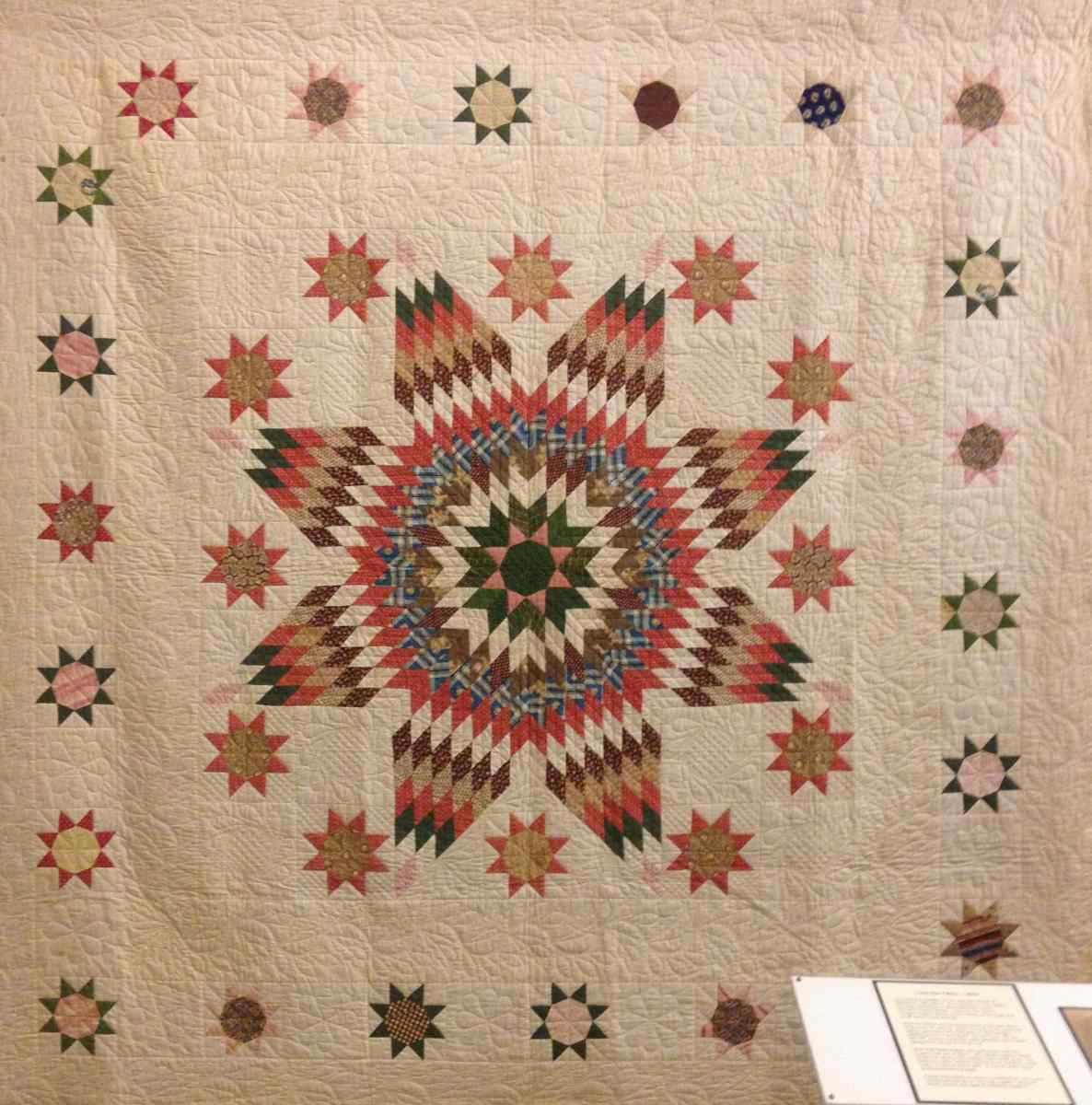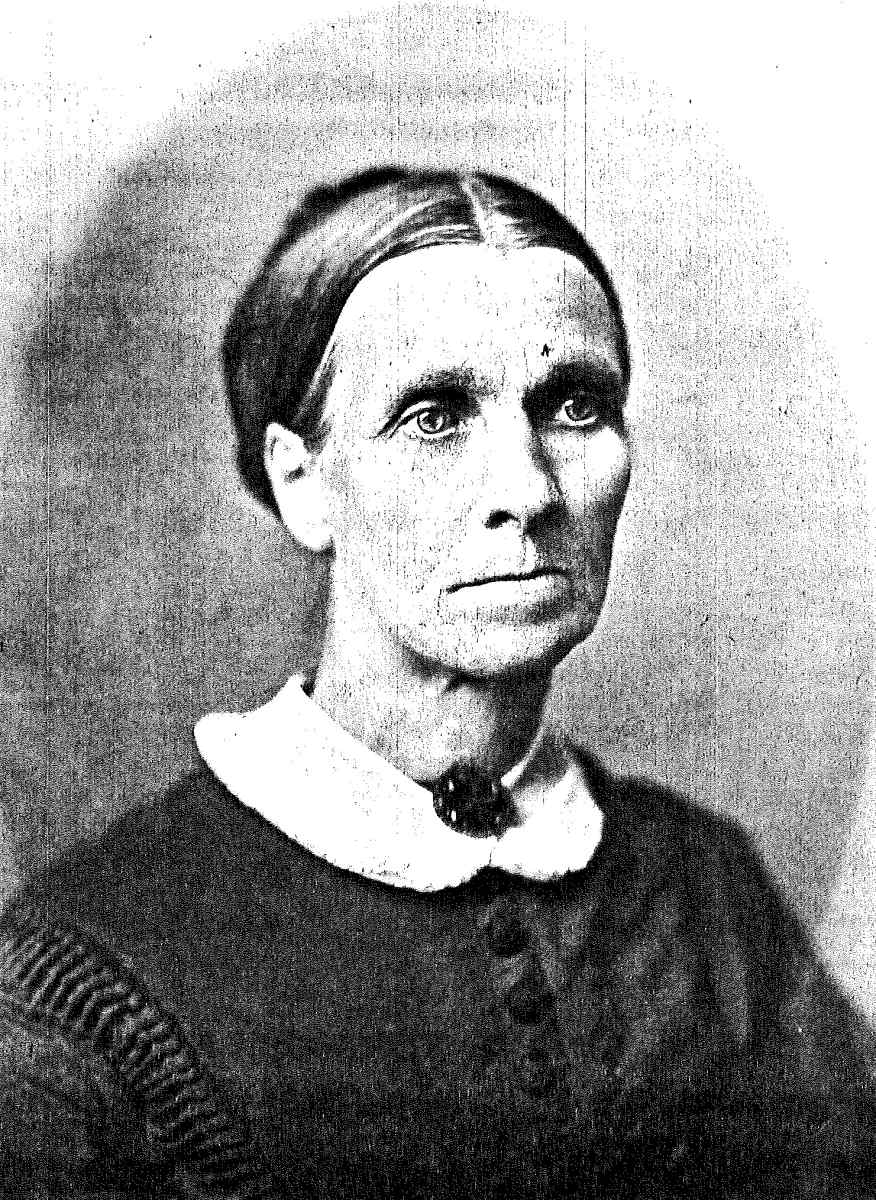Lone Star

Lone Star - 1860s-1870s
Quilts often become treasured family heirlooms, as is the case with the quilts made by Fidelia Patten. They descended through her family, to her daughter, granddaughter, and great granddaughter.

Born in Canada in 1813, Fidelia spent most of her life in Seymour, Wisconsin. She married John Patten with whom she had one daughter, Matilda. Fidelia died in 1894 and the quilts passed to Matilda.
Matilda Patten was born in 1850 and married James Hamlin, a millwright. The couple lived in Wausau and together raised daughters Jessie and Lynn. Matilda died in 1924 and the quilts passed to Jessie and Lynn.
Jessie Hamlin was born about 1878 and in 1903 married Charles Dodge, president of Cereal Mills Company in Wausau. In 1909, their daughter Marian was born. After Jessie’s death in 1931, Charles married Jessie’s younger sister, Lynn Hamlin. The quilts, which had belonged to Jessie and Lynn, passed to Marian.
Marian Dodge married Richard Taylor, an officer and stockholder of Cereal Mills Company. They had no children and Marian donated the quilts to the Marathon County Historical Society so their family history could be preserved.
The Quilt
The most spectacular of Fidelia’s quilts in our collection is a Lone Star or Star of Bethlehem. It features a large central star assembled from many diamond-shaped pieces, sewn together in rows that give an effect of concentric circles radiating out to the star points. However, the use of octagon-shaped pieces as the centers of the large and small stars is very unusual in this quilt. Typical would have been for the diamond points to meet in the center.
Both the fabrics and the composition of the quilt date it to the mid-19th century. Early versions of the Lone Star pattern generally had small stars or other designs orbiting around a central star, as seen here. By the late 19th century, Lone Star quilts generally had a blank background around the large star.
Note that Fidelia Patten, the quilt maker, was very frugal in her use of fabric – she pieced together fabric scraps for some of the centers of the small stars. The batting is cotton and the backing is the same thin white cotton as the top of the quilt. A narrow white cotton binding finishes the edge.
Fidelia was clearly an expert needlewoman. This quilt is completely hand quilted using small, precise stitches in elaborate patterns.
It is possible she was making a subtle political statement. There are 34 small stars surrounding the one large central star. Kansas became the 34th state in the Union in January 1861, just before southern states began seceding and the Civil War began. Perhaps Fidelia was sending a message about keeping the Union together. (This paragraph based on information from Pat Gaska in a History Speaks talk during the physical exhibit.)
